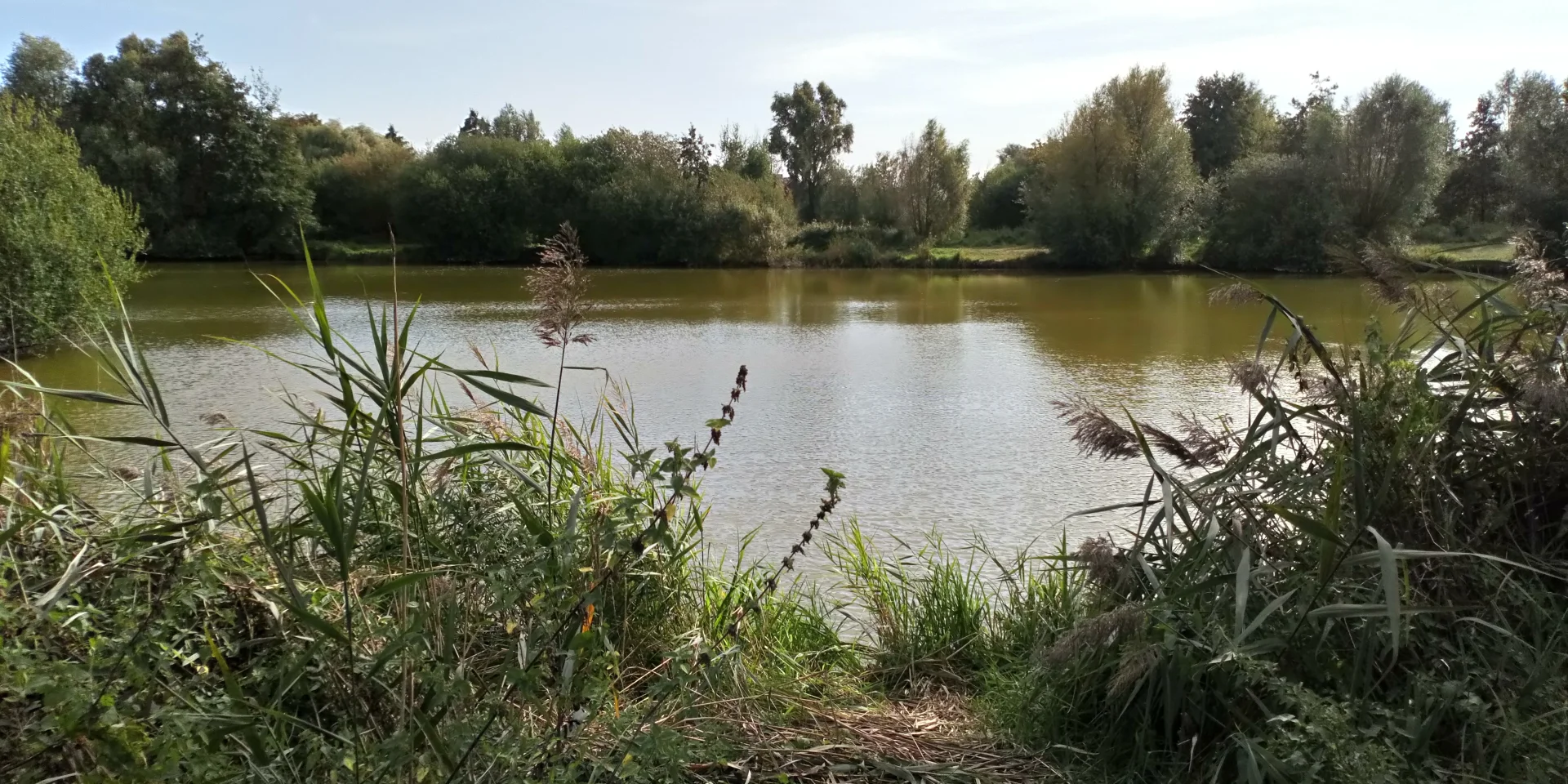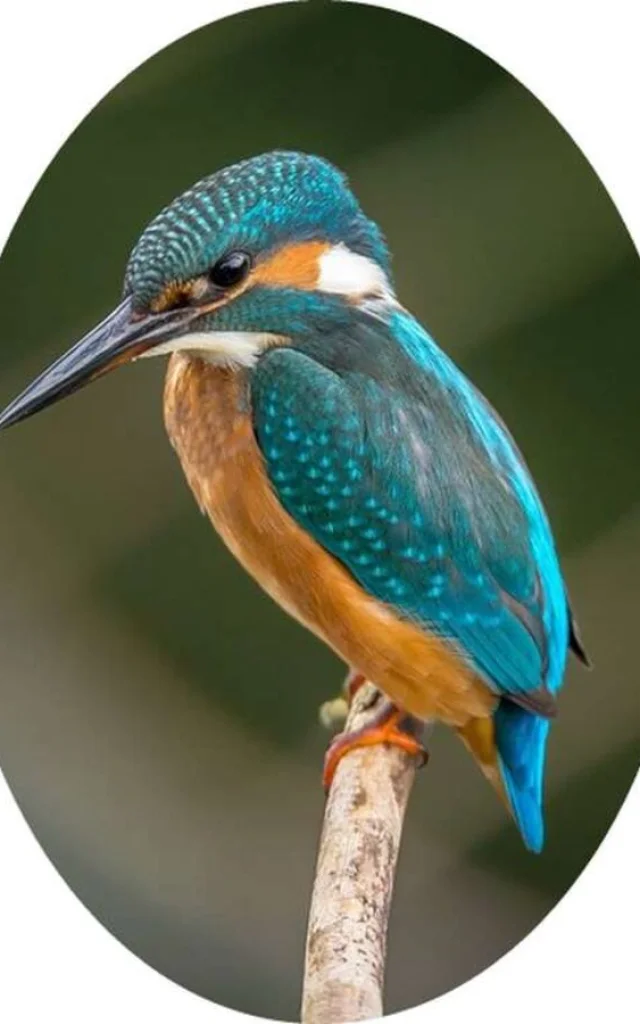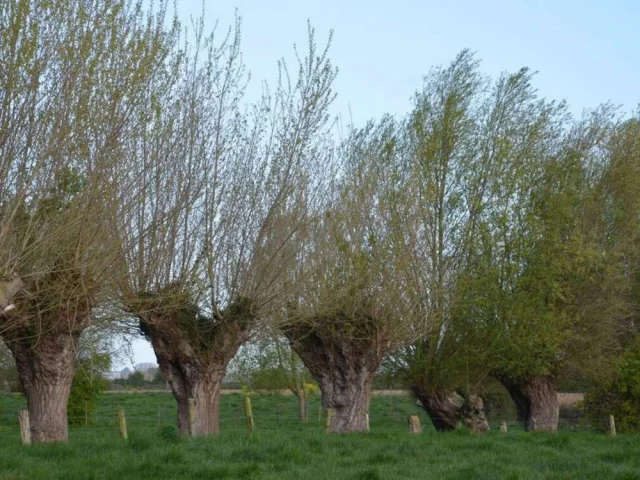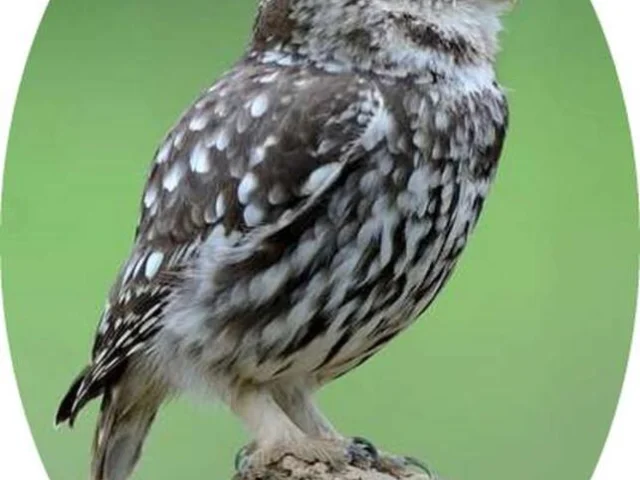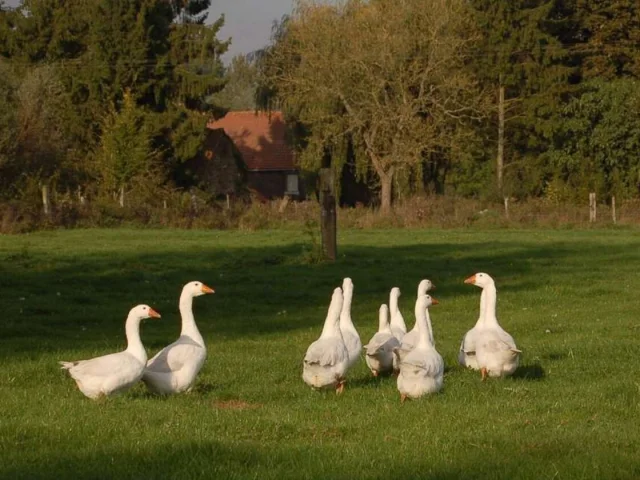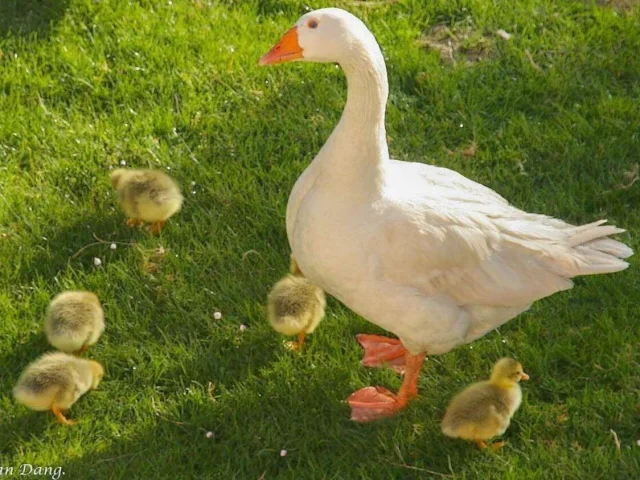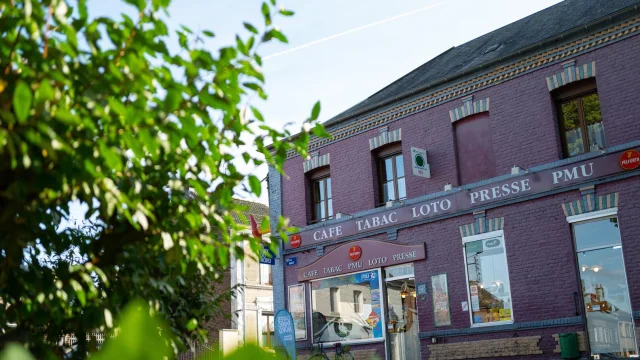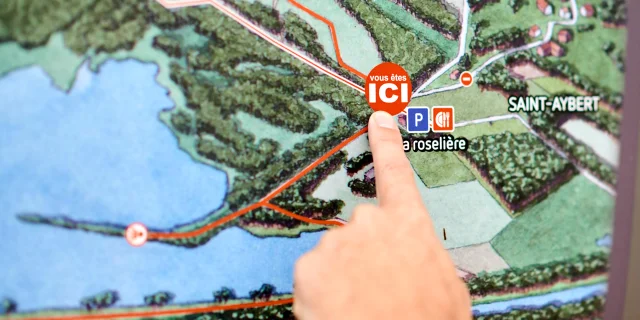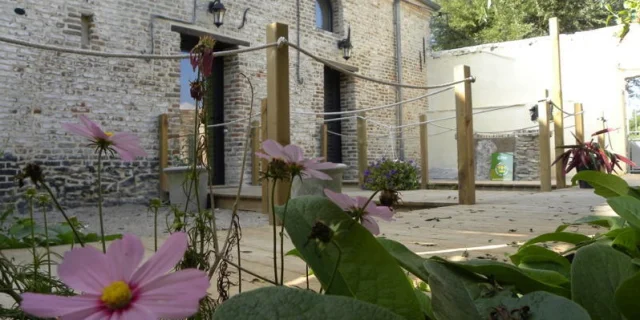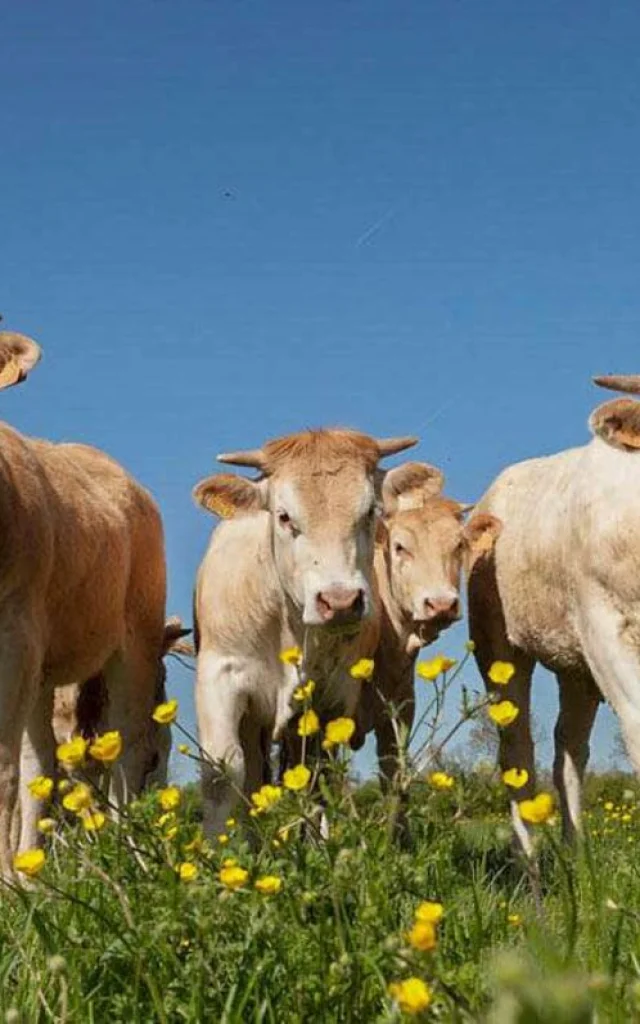 Batiss A Zosons
Batiss A Zosons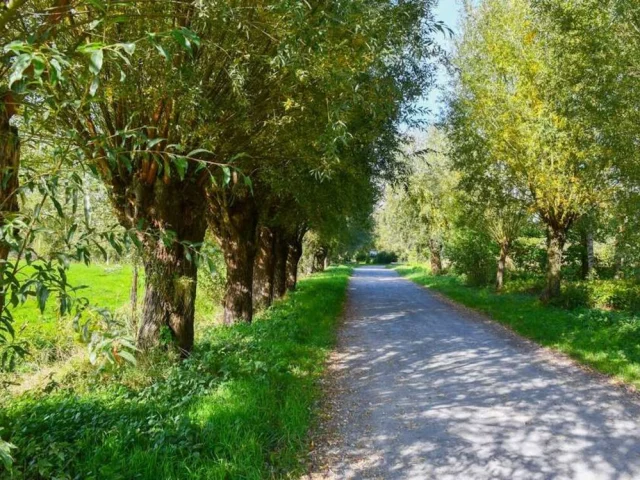 Vers Le Marais
Vers Le Marais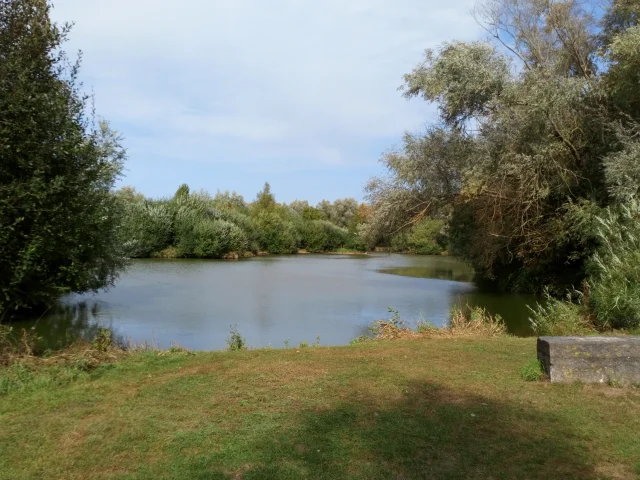 marais du val de vergne
marais du val de vergneGoing greenau val de vergne
We’re off for a 2-hour walk starting from the Place de la République in Hergnies. Be careful, here the signposting is “home-made”, so just follow the little white geese painted with directional arrows on the supports in town. You’ll set off to discover the ponds and the natural site of the Grand Marais, known as the Marais du Val de Vergne. Enjoy a state of well-being and peace in the heart of nature, marshes and bird calls. You’ll feel serene in the midst of this remarkable flora and fauna, as if time were standing still and becoming one. The perfect opportunity for a romantic selfie!
